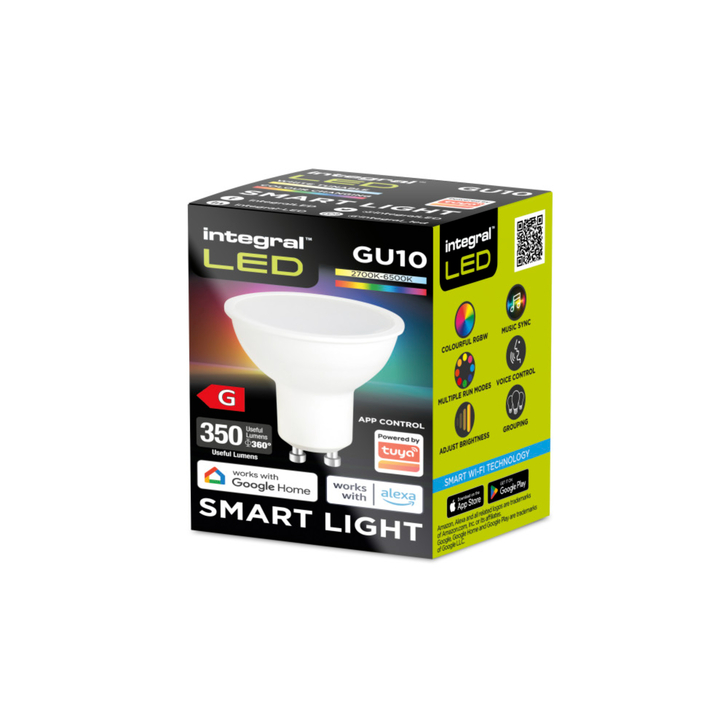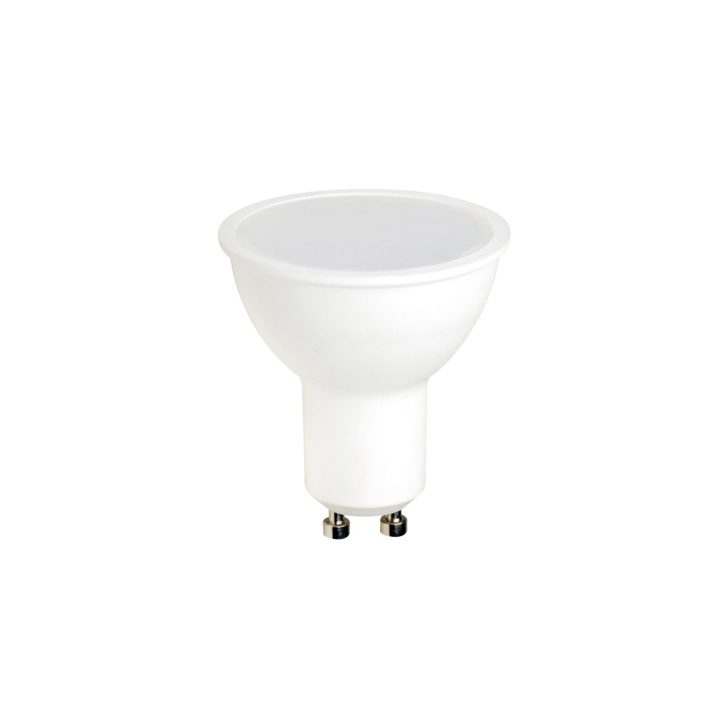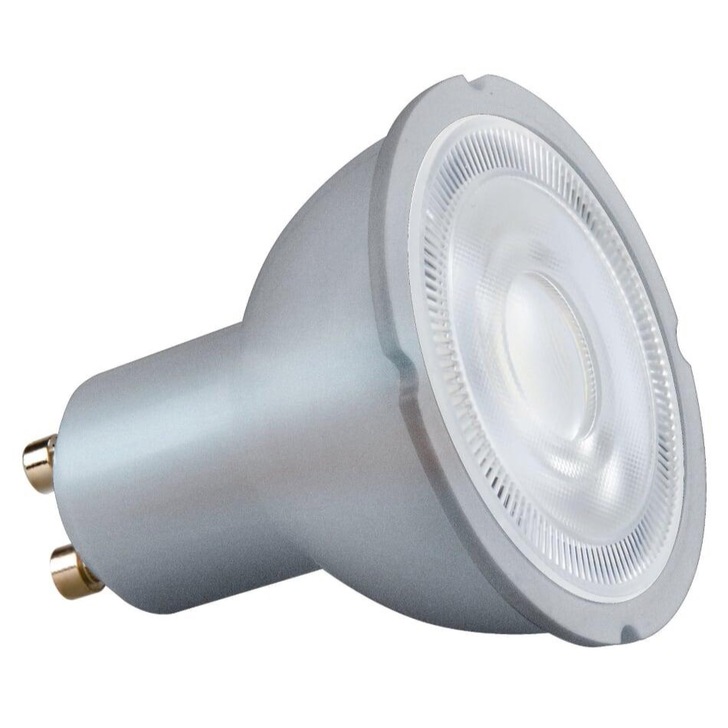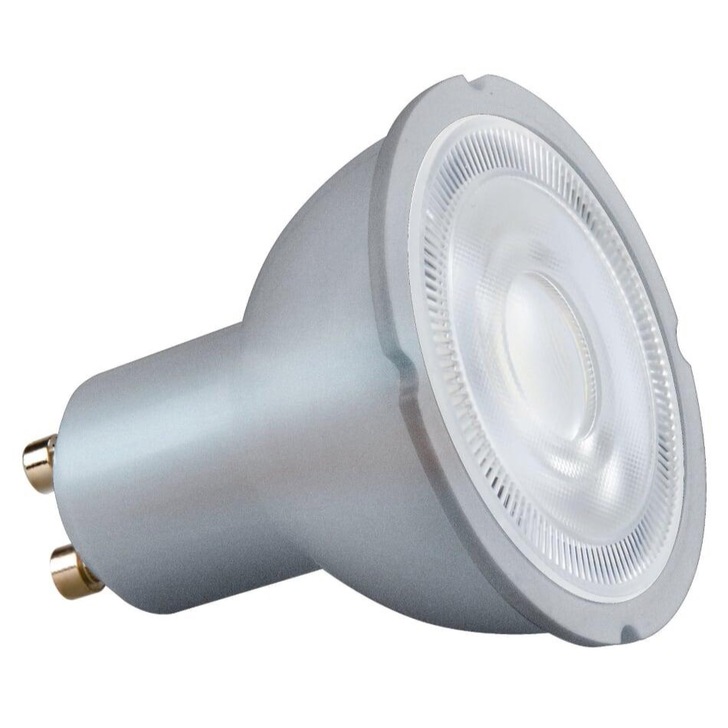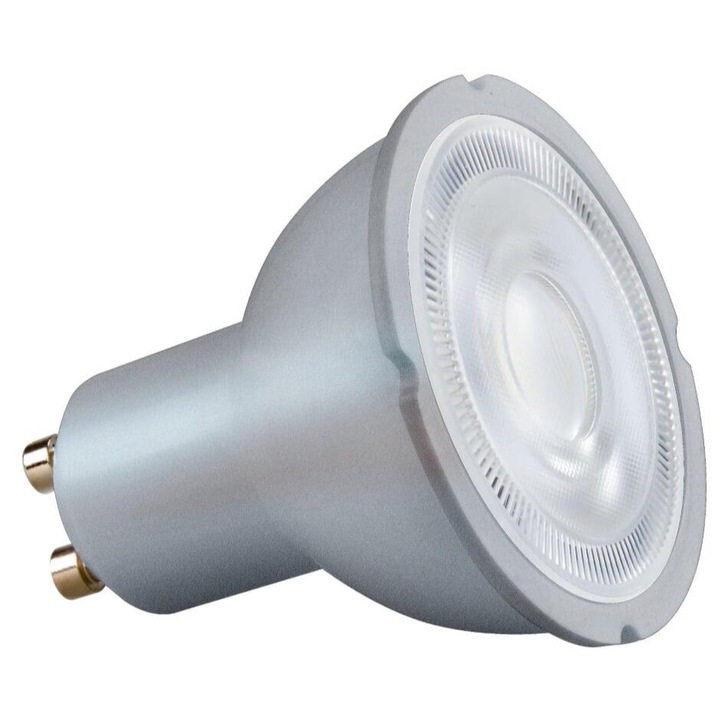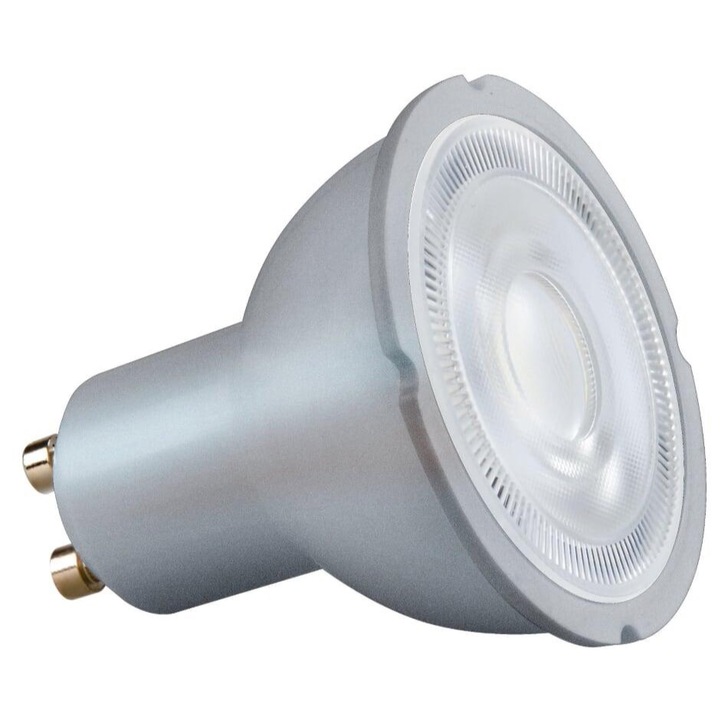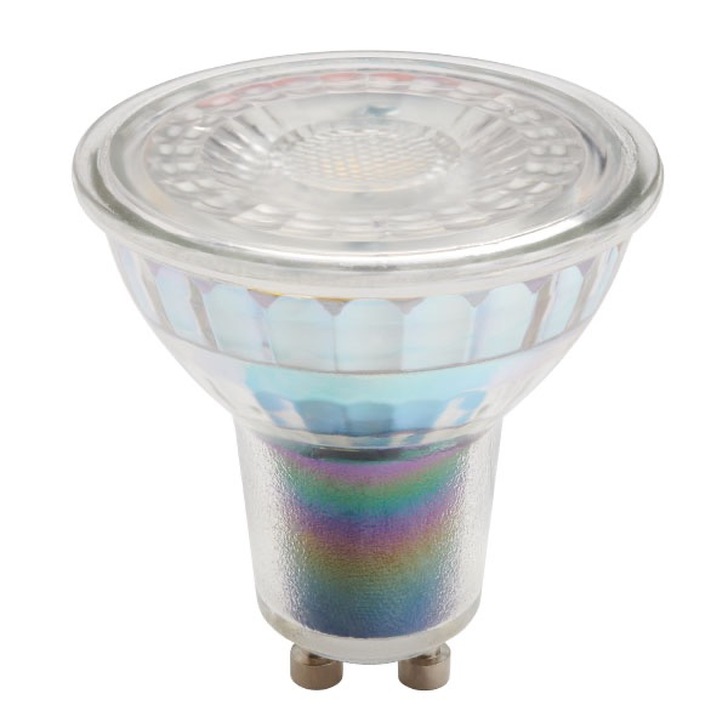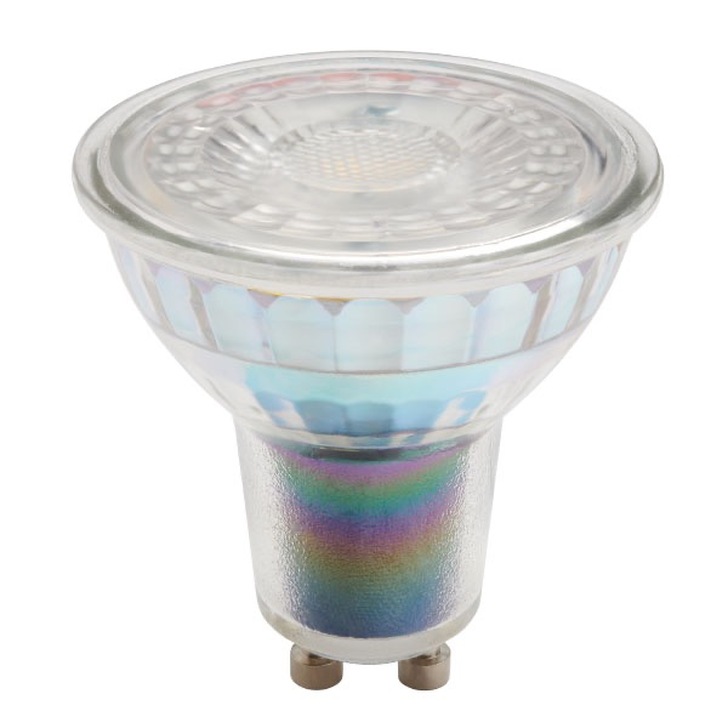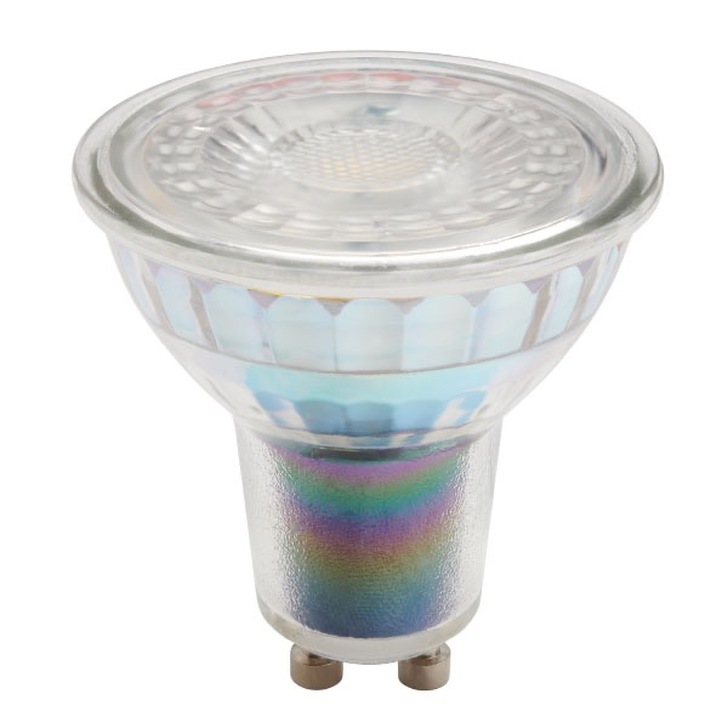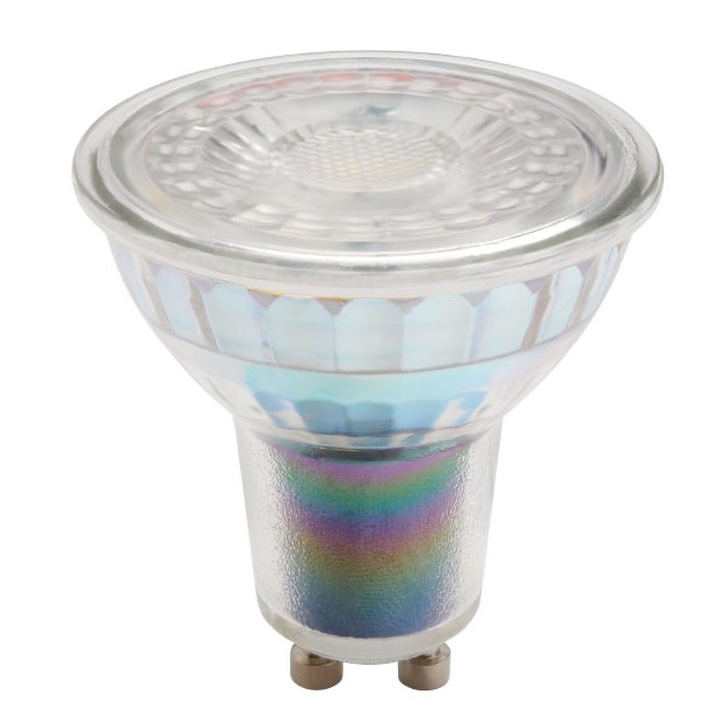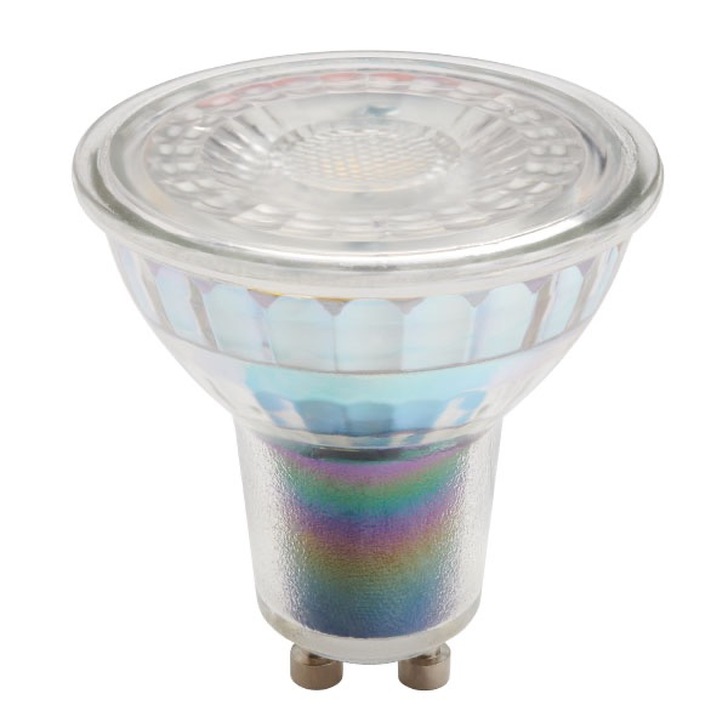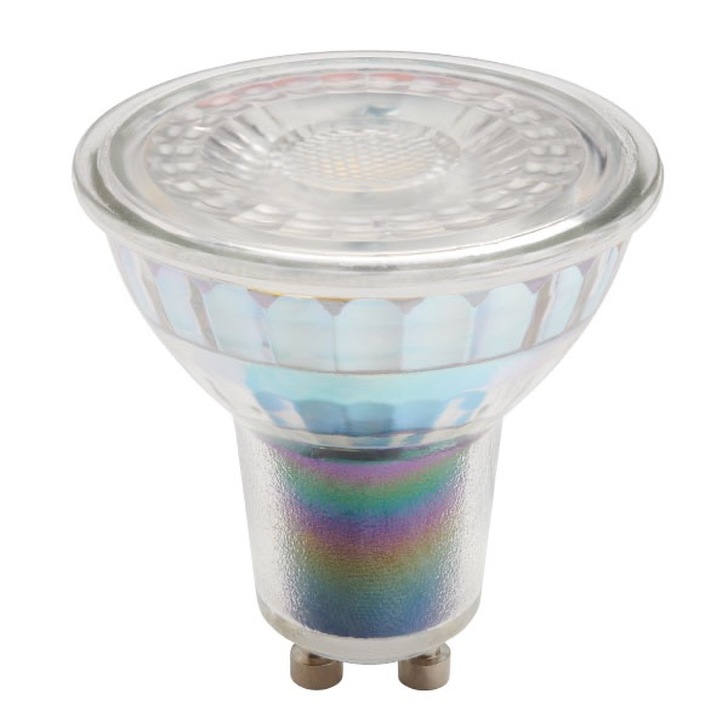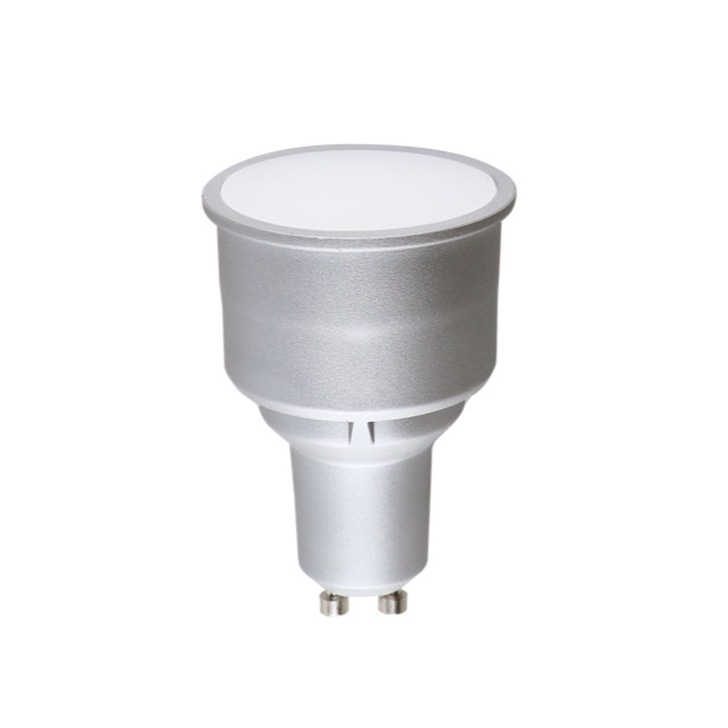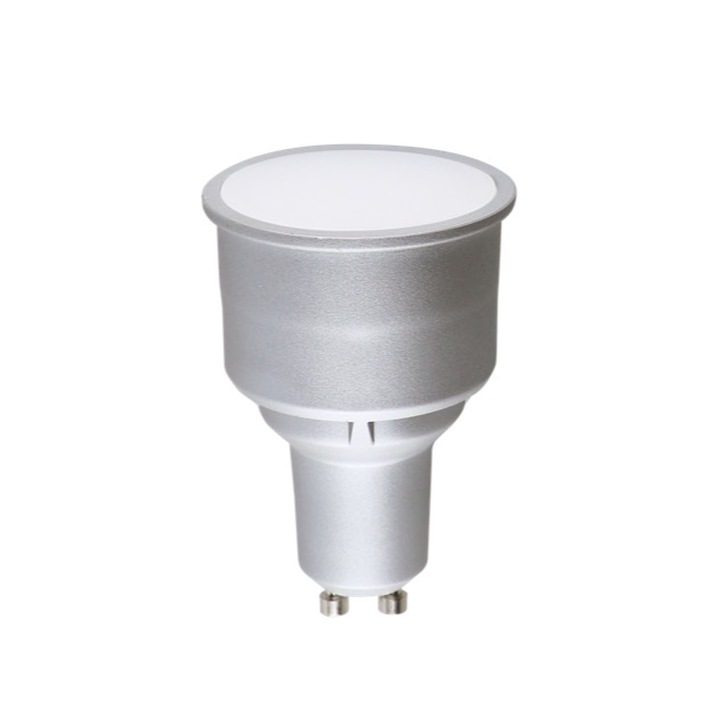GU10 Light Bulbs: A Complete Overview
GU10 light bulbs are a popular type of spotlight bulb widely used in residential and commercial lighting. Known for their distinctive bi-pin base and compact size, GU10 bulbs are commonly found in track lighting, recessed ceiling lights, and under-cabinet fixtures. Here's a detailed breakdown of what GU10 light bulbs are, how they work, and what to consider when choosing one.
What Does GU10 Mean?
-
G refers to the base type – a twist-and-lock mechanism.
-
U stands for universal, indicating the shape and use across different fixtures.
-
10 denotes the distance in millimeters between the two pins (10 mm apart).
This twist-lock base ensures the bulb stays securely in place and makes it easy to install or replace.
Key Features of GU10 Bulbs
-
Voltage:
Most GU10 bulbs operate on mains voltage (230V), so no transformer is needed. -
Bulb Type:
-
Halogen (older) – Offers warm light, dimmable, but uses more energy.
-
LED (modern) – Energy-efficient, longer-lasting, available in various colour temperatures.
-
-
Beam Angle:
GU10 bulbs are spotlights, so they have a narrow beam angle (typically 35°–60°), ideal for directional lighting. -
Base and Shape:
-
Standard GU10 base
-
Bulb shape: MR16 (Multifaceted Reflector, 50mm diameter)
-
Light colour and Temperature Options
GU10 LED bulbs come in a variety of colour temperatures, often measured in Kelvin (K):
-
Warm White (2700K–3000K): Cozy and ideal for living rooms or bedrooms.
-
Cool White (4000K): Bright and neutral – good for kitchens or bathrooms.
-
Daylight (5000K–6500K): Crisp, blue-toned light, often used for task lighting or display.
Energy Efficiency
LED GU10 bulbs use up to 90% less energy than halogen versions and can last 15,000 to 25,000 hours compared to about 2,000 for halogens. This translates to lower electricity bills and fewer replacements.
Dimmable Options
Many GU10 LED bulbs are dimmable, but not all – make sure to check the packaging and ensure compatibility with your dimmer switch (especially if it's older or not designed for LEDs).
✅ Pros and Cons
| Pros | Cons |
|---|---|
| Energy-efficient (LED) | Narrow beam may not suit all rooms |
| Long lifespan | Some dimmable bulbs may flicker with old dimmers |
| Easy to replace | Slightly higher upfront cost (LED) |
| Variety of colour options |
Applications
-
Track lighting
-
Spotlights and downlights
-
Accent lighting (artwork, cabinets)
-
Retail and commercial lighting
Choosing the Right GU10 Bulb
When buying a GU10 bulb, consider:
-
Wattage equivalence (e.g., 5W LED = 50W halogen)
-
Lumens output (brightness)
-
Beam angle (narrow for focus, wider for general light)
-
colour temperature
-
Dimmability
-
Brand reliability and warranty


